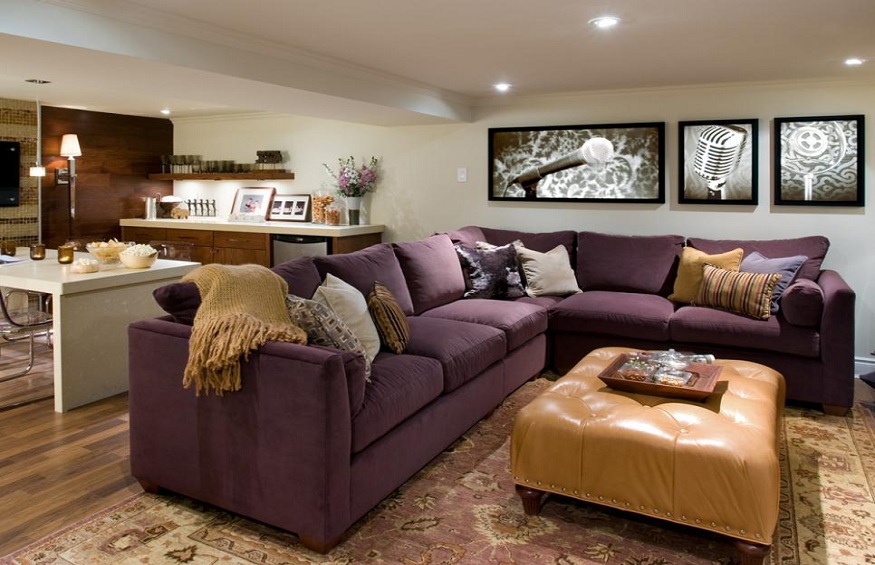We are more and more led to insulate our accommodation as best as possible to enjoy good thermal conditions and reduce our energy bill. However, the air also finds itself insulated. Did you know that the indoor atmosphere of a house is more polluted than that of the street? Ventilating is the solution to avoid suffocating your health and let your cozy nest breathe!
The reasons for venting
The more the house is insulated, the more the airtightness is accentuated. The housing has ventilation of your house no air leaks (or almost) in the walls and therefore little heat loss. Likewise, interior comfort is guaranteed and there is no need to wait forever to heat up. However, in addition to keeping its heat, the dwelling must absolutely be ventilated so that the air is renewed. Why ?
In all homes, schools or workplaces, the air is naturally polluted . As you know, all living beings breathe oxygen and release CO2 (carbon monoxide). If we prevent the arrival of new air, we continue to exhale CO2 but we inhale less oxygen. You really do yo-yo with your life ! Similarly, the air can be obstructed by the plants that we spread on the windowsills or by the surrounding pollution given off by the building materials.
Then, we naturally release moisture through breathing and perspiration, but it is mainly our daily activities that release it . From the bathroom where you take a hot bath to the kitchen where you prepare delicious soups, the condensation on the frames must imperatively fade. Also, the water vapor must volatilize, otherwise the humidity risks settling in and causing damage. Indeed, there is a feeling of suffocating air, laundry that looks dirty and wet and even worse: the appearance of stains , mold and other fungi that are often harmful to your health and the future of the building
How to ventilate?
We often think it’s just a matter of airing the house for a few minutes a day and that’s it. But no. Admittedly, if you open the windows 5 to 10 minutes a day , the polluted air escapes and gives way to a new breath. It is nevertheless a temporary action , especially since it is not necessarily pleasant to open the windows wide in winter. This not to mention that you cool the walls quickly and therefore you consume more heating.
Ventilation is a continuous action : the air is constantly renewed, day and night , in summer and winter . By ventilating correctly, this means that the impurity is extracted from humid places, that the freshness coming from outside penetrates the dwelling and that the air circulation between each room is done in a fluid way. Thus, the air quality is irreproachable and sustainable.
Which ventilation systems?
The principle of ventilation is based on the fact that the right amount of clean air must be inserted in the right place , without loss or excess. At the same time, pollution must be completely eliminated from congested spaces .
First, you can opt for natural labor . The first option is to leave the windows constantly open, but this is not necessarily ideal for keeping the heating on at home. Despite everything, this option is still used a lot in old buildings.
The second possibility would be to install grids with adjustable opening placed in the joinery or in the walls which are connected to conduits to reach the roof. In this case, the air is renewed according to a pressure difference as is the case during the draft of a chimney. This natural operation has the advantage of being inexpensive.
Grids for ventilation
Second, there are timed ventilation systems (VMT). It is an effective system if you only plan to renovate a single room in particular, especially if the layout of this room does not allow the installation of ducts leading to the roof. Concretely, it is an electric extractor placed on a facade wall which expels polluted air to the outside.
This device does not work continuously, it is up to you to activate it. For example, you can plug it into the house lighting system or you can switch it on via a presence detector. Either way, you need a fresh air inlet behind the device, either through the walls or through the frames.
Timed Ventilation System (VMT)
Finally, many families have opted for the controlled mechanical ventilation (VMC) instrument . It rectifies the air continuously, autonomously and according to the expected humidity.
A distinction is made between single-flow and double-flow VMCs . Both models require the installation of inlet vents (in walls, frames or ceilings) and air extraction vents (in damp rooms) both connected to a central extractor. On the other hand, in the simple flow, only the liberating duct is attached to the central extractor. The arrival of fresh air is therefore in direct contact with the outside. The double flow, on the other hand, offers two networks of ducts connected to the central ventilation: one to bring in the air and the other to evacuate it.
controlled ventilation system (VMC)
You should also know that, under certain conditions, your Region offers you bonuses for the installation of ventilation because it is part of a desire to treat humidity and reduce energy consumption.
If you do not have a ventilation system in your home, find out which method is best suited to your situation because this is a project in which it would be better to invest. If your home is already equipped, consider checking from time to time that your appliances are working well or cleaning them if necessary. Whatever the case, do not hesitate to call on professionals who will provide you with the best advice and the assistance you need!

